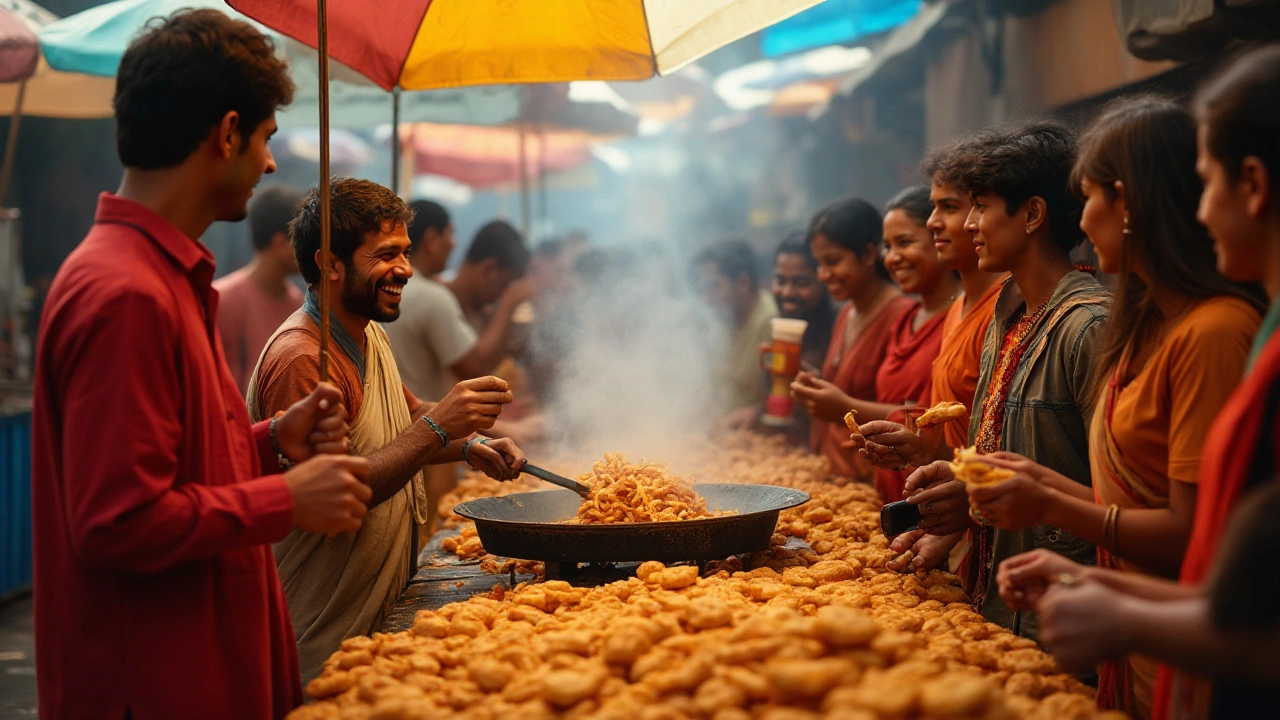Tourist Safety Tips for a Smooth Trip Across India
Traveling in India is an adventure, but a little preparation can keep the fun from turning into a hassle. Below are simple, everyday steps that help you dodge common problems and enjoy every moment.
Know the Basics Before You Leave
Start with a quick online search about the states you’ll visit. Each region has its own dress code, language quirks, and peak traffic times. Pack lightweight clothes that respect local norms – for example, cover shoulders when you’re in temples or holy cities. A small phrasebook or language app can save you from misunderstandings when you ask for directions or order food.
Copy your passport, visa, and insurance papers onto a card and keep the originals in a hotel safe. If you lose the copy, you still have the proof to get a replacement at the embassy. Store a digital scan on your phone and email it to yourself – it’s a lifesaver if your bag goes missing.
Stay Safe on the Road and in Crowds
India’s transport options are varied, but a few rules apply everywhere. When you hire a taxi or ride‑share, always check the driver’s ID and vehicle number before getting in. Use reputable apps or hotel‑recommended services instead of hailing random cabs on the street.
Public buses and trains are cheap, yet they can get crowded. Keep your bag in front of you, zip it up, and avoid flashing expensive gadgets. If a crowd feels too tight, move to the side and stay aware of your surroundings. Pickpocketing often happens near tourist attractions, so a money belt under your shirt adds an extra layer of security.
When walking, stick to well‑lit streets after dark and avoid shortcuts through alleys you’ve never seen. A quick glance at the traffic flow can prevent accidents – many drivers ignore lane markings, so stay alert at intersections.
Food safety is part of travel safety. Choose restaurants that look busy and have a clean kitchen visible from the dining area. If you’re unsure about street snacks, ask locals which stalls are reputable. Wash fruits with bottled water or peel them yourself to avoid stomach upset.
Health issues can turn a great trip into a rough patch. Carry a small first‑aid kit with band‑aids, antiseptic wipes, and any prescription meds you need. Stay hydrated with sealed bottled water; avoid ice cubes unless you know they’re made from safe water. If you feel uneasy after a meal, a cup of ginger tea often soothes the stomach.
Know the emergency numbers: 112 works for police, fire, and ambulance across India. Save this number in your phone and write it down on a piece of paper. In case of a medical emergency, many cities have private hospitals that accept foreign insurance – ask your hotel to recommend one.
Finally, trust your gut. If a situation feels off, walk away or seek help nearby. A polite “Excuse me, I’m looking for my hotel” can be enough to defuse a tense moment. Remember, most locals want to help tourists have a good time, so a friendly smile goes a long way.
With these easy steps, you can focus on tasting the spices, exploring the temples, and soaking up the culture instead of worrying about safety. Happy travels!
Exploring the Delicious Risks: Is Indian Street Food Safe for Tourists?
Indian street food is a vibrant and essential part of the country's culinary landscape, laden with flavors and aromas. For tourists, it can be an exciting way to experience Indian culture but concerns about hygiene and safety often arise. This article delves into the colorful world of Indian street food, exploring its safety for tourists, sharing tips on how to minimize risks, and highlighting the experiences that make it an unforgettable aspect of a visit to India. Understanding what to look for and how to choose vendors wisely can ensure a safe and delicious adventure.
